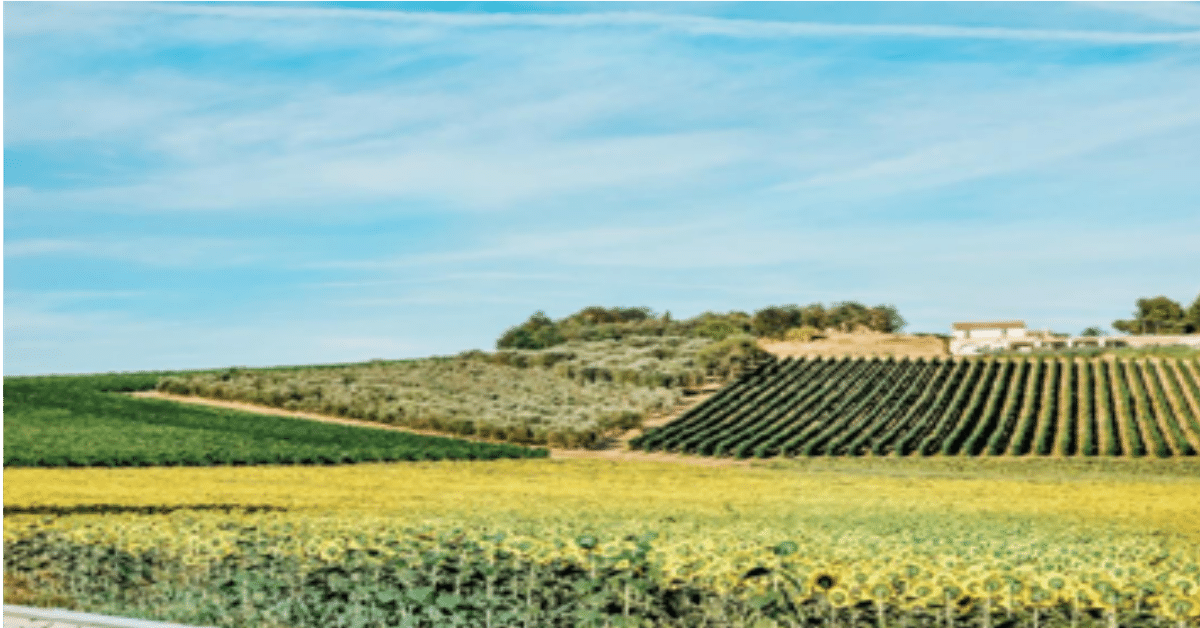The agricultural sector is the fourth most emitting sector in Spain, representing 13.4% of the total gross emissions in 2021, a not insignificant figure for a sector with a highly untapped capacity to absorb carbon both in soil and crops.
● Spain is increasingly a country of intensive farming, with a greater weight of irrigated crops.
● Worrying examples of dramatic consequences of intensive farming in Spanish natural areas.
● Need to guarantee decisive climate action in farming sectors and in carbon sinks.
Almost half of Spanish territory is dedicated to agriculture, with 23.9 million hectares of Utilized Agricultural Area (UAA), according to the latest 2020 Agrarian Census published (‘INE’), of which almost 17 million hectares are currently cultivated (24% irrigated and 76% rainfed). Most of the UAA outdoors (48.9%) is arable land (herbaceous crops and fallows), followed by pastures (31.6%) and woody crops such as olive groves (10.3%), fruit trees (5.4%) and vineyards (3.6%). The UAA indoors (greenhouses), with nearly 65,000 hectares, only account for 0.27%, but since 2009 their area has grown by 42,1%.
Of the total Spanish agricultural production, almost 40% corresponds to the livestock sector, which has not stopped growing in recent years. The number of cattle heads grew by 6.5% compared to 2009, and greater for pigs (+21.8%). Since 2015, Spain leads the number of pigs in the European Union with more than 30 million.
According to data from the European Commission for the period 2016-2019, Spain is one of the countries that is suffering the most from water pollution due to nitrates, and nitrogen and phosphorus fertilizers, and overexploitation from agriculture activities.
Different areas of Spain are already suffering the consequences, with serious water problems that are increasingly frequent, such as the eutrophication of the Mar Menor and the desiccation of Doñana National Park lagoons, due to excessive use of synthetic fertilizers and illegal extraction of water for agricultural use, respectively.
The latterly approved national Strategic Plan for Agriculture (‘PEPAC’) includes various measures designed to increase carbon capture in soils and crops (e.g. extensive grazing, vegetation cover, crop rotation with improving species, maintenance of landscape elements), but several of these are optional and there are no overall quantitative objectives.
The revised NECP should support and strengthen ‘eco-regimes’ and agri-environmental measures on carbon farming to promote carbon sinks and reduce agricultural emissions, but also incorporate other relevant measures, e.g. sustainable production systems (agroecology, regenerative agriculture), pest management through auxiliary flora and fauna or healthy diets (reducing the proportion of animal products, especially from industrial livestock husbandry) and reduction of food loss and waste (promoting local and seasonal food).

